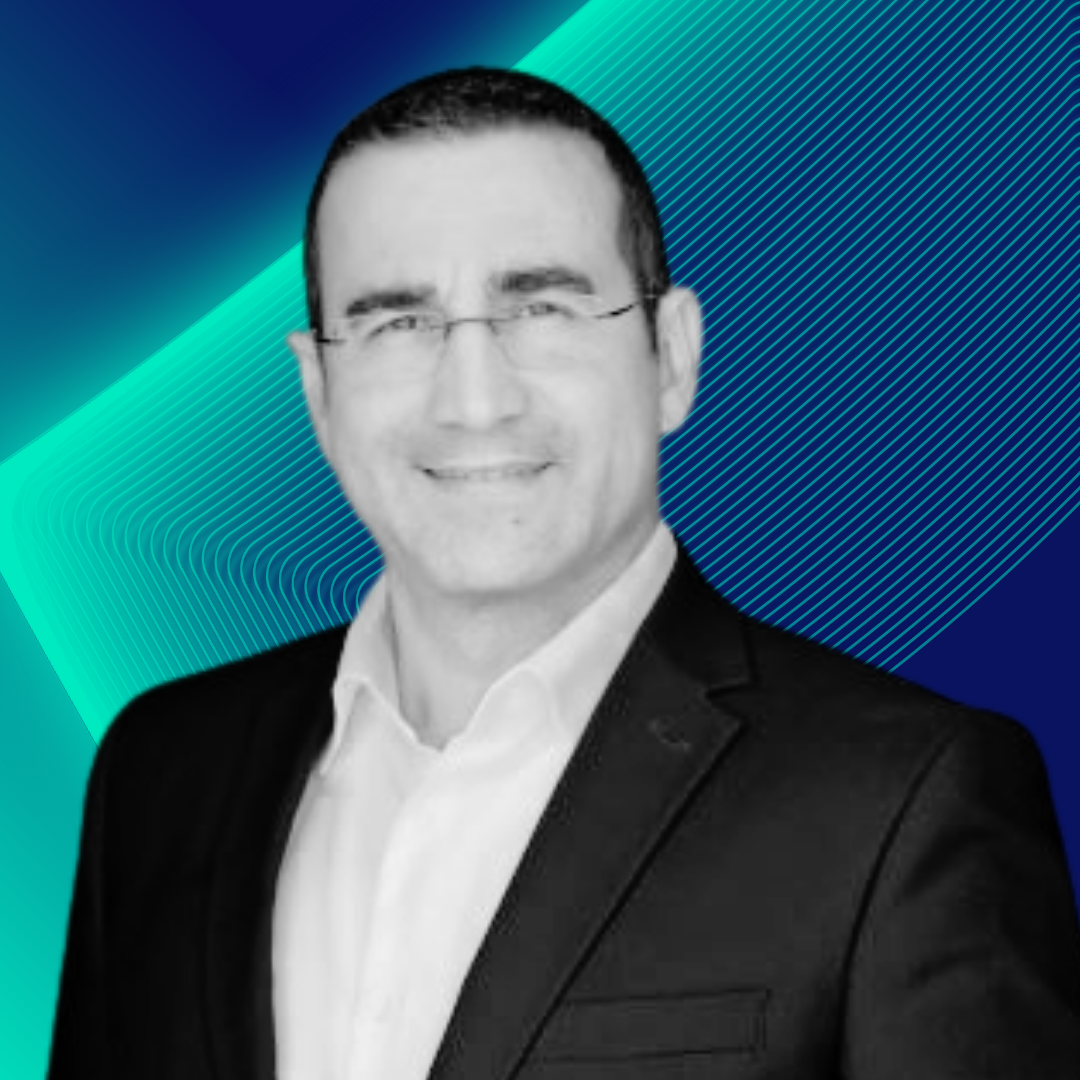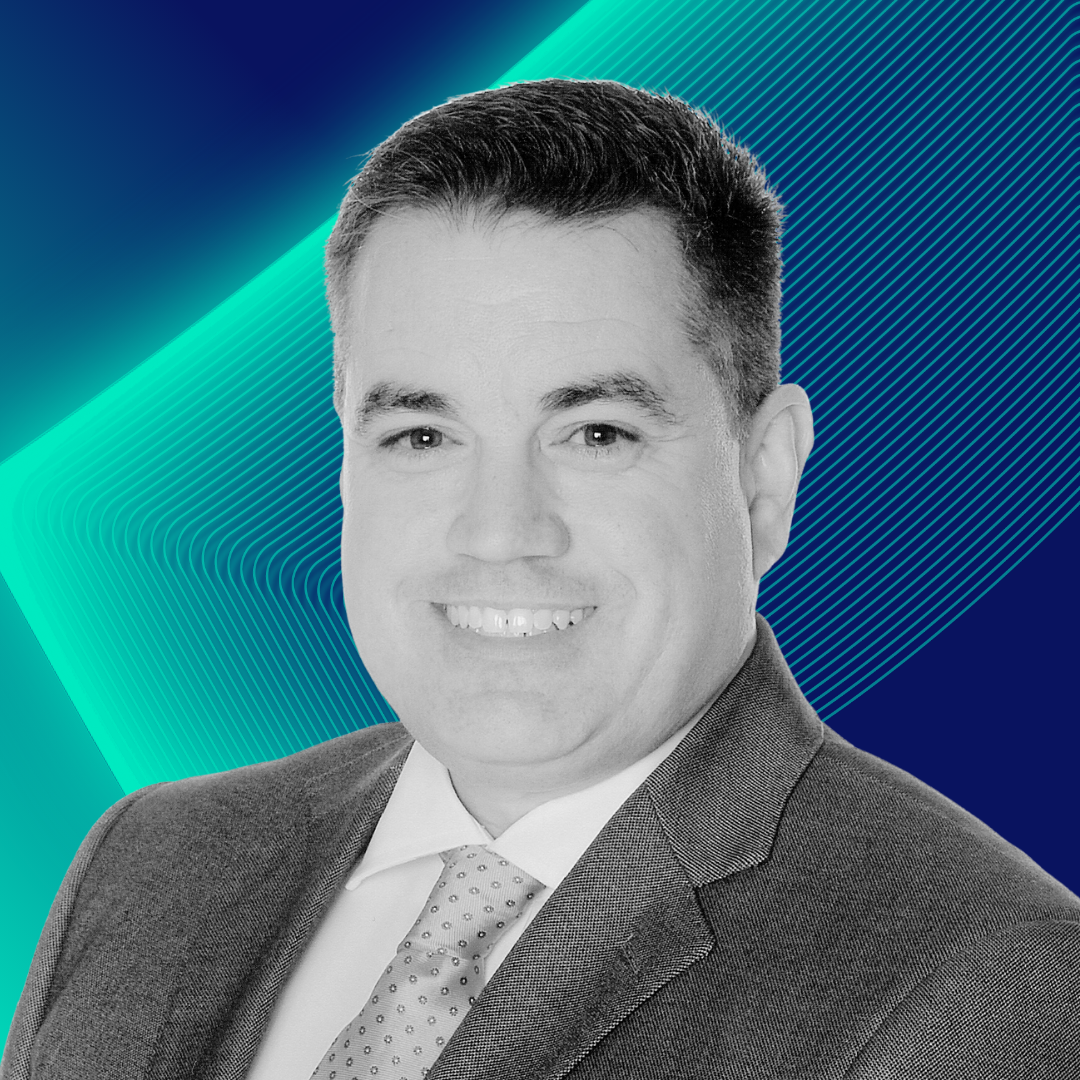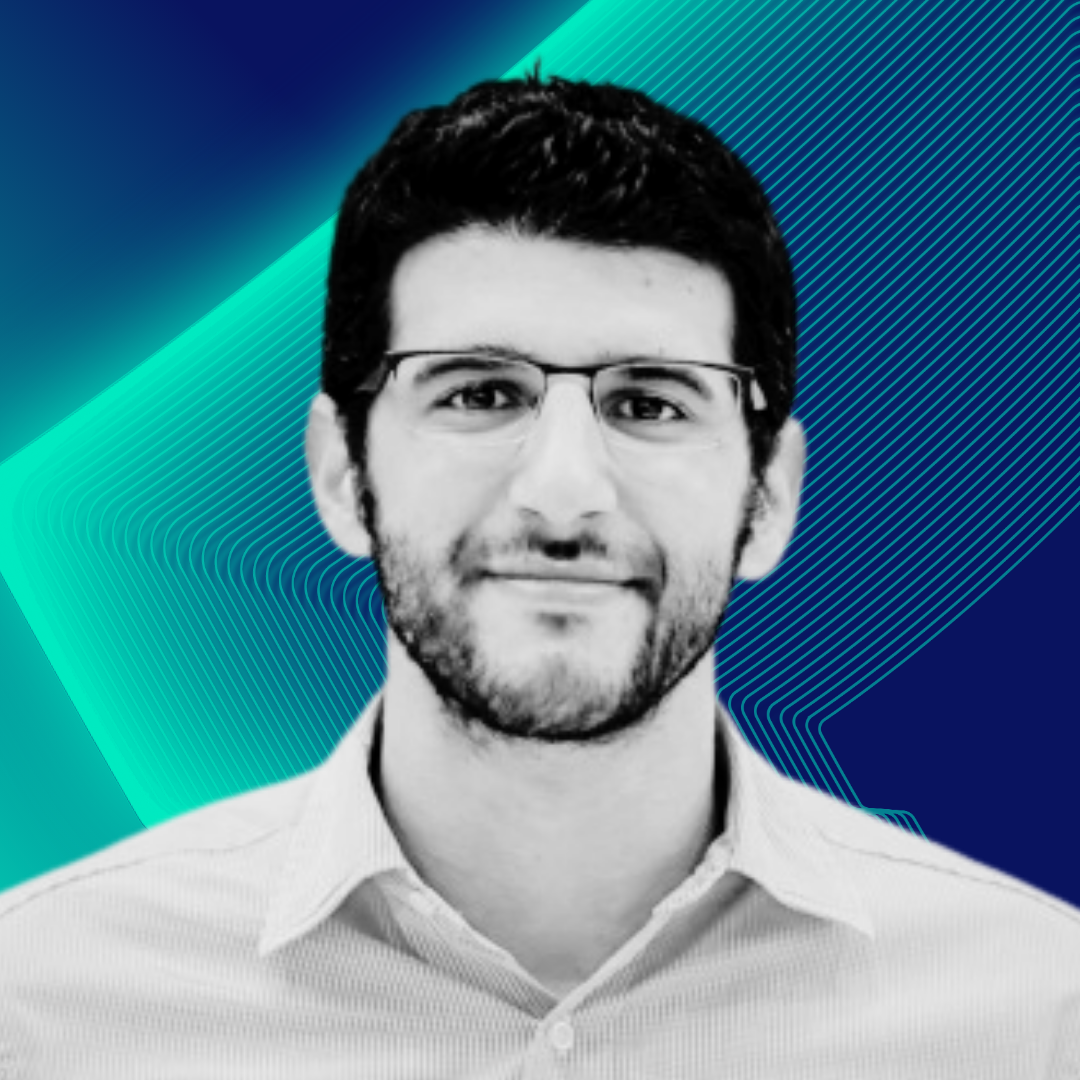AGENDA
2025 AGENDA
SECURE MIAMI AGENDA 2025

We used to think the hack of Equifax, Anthem Insurance, Marriott, and Office of Personnel Management were the golden years of China’s hacking–this webinar will demonstrate why those years were only the beginning. This talk will cover China’s ecosystem of state-backed, state-directed, and contracted hackers from the military to the security services and gain a greater understanding of China’s vulnerability collection system, the cyber ranges on which China’s hackers can practice, and the talent pipelines they have constructed over the last decade.

Moderator: William Mendez / Chief Information Security Officer & VP of Client Success at DigitalEra Group
Panelists:

|
Margaret Cunningham, Ph.D. / Director, Security & AI Strategy, FCISO at Darktrace |

|
Greg Lewis / Vice President of Sales at Stellar Cyber |

|
Patrick Orzechowski / Field CISO at Torq |

Moderator: Sonal Rattan / Co-Founder and Chief Technology Officer at Exate
Panelists:

|
Chuck Grindle, Ph.D / Executive Advisor, Public Sector at Proofpoint |

|
Cristian Rodriguez / Field CTO | Americas at Crowdstrike |

|
David Reis, Ph.D / SVP Chief information and Digital Officer at University of Miami, & University of Miami Health System, Leonard M. Miller School of Medicine |

AI is driving business innovation at an unheard-of scale, with 89% of IT leaders stating AI models in production are critical to their organization’s success. Yet, security teams are racing to keep up, spending nearly half their time mitigating AI risks. The report underscores that security is key to unlocking AI’s immense potential. Encouragingly, companies are taking action, with 96% increasing their AI security budgets in 2025 to stay ahead of emerging threats.
The AI Threat Landscape Report 2025 provides an in-depth analysis of the evolving cybersecurity threats facing artificial intelligence (AI) systems and the advancements in AI security. Based on extensive research and a survey of 250 IT decision-makers, the report highlights key challenges organizations face in securing AI-driven technologies. It covers rising security breaches, adversarial machine learning attacks, generative AI vulnerabilities, and supply chain risks.
.

A strategic look at attacker psychology, behavioral mapping, and predictive defense.
Attackers think in patterns. Defenders think in tools.
This asymmetry creates exposure.
In this talk, we’ll break down how understanding attacker psychology—motives, models, and mental maps—can radically shift how we manage cyber exposure. Moving beyond the clichés of human error, this session explores the psychological architecture of threat actors, how they perceive targets, and how security teams can apply behavioral modeling and cognitive frameworks to forecast, prioritize, and mitigate exposure across the kill chain.
You’ll leave with a new lens: one that views exposure not just as a tech stack flaw, but as a psychological opportunity space attackers are trained to exploit—and defenders can outthink.



Moderator: Lawrence Embil / Miami-Dade County Security Manager - Security Architecture, Governance, Incident response
Panelists:

|
Gus Arias / Principal Global Solutions Architect at Trellix |

|
Adam Ford / Chief Technology Officer at Zscaler |

|
Roger Reid / Solutions Engineer at BigID |

Moderator: Donavon Johnson, Ph.D. / Assistant Professor of Public Policy & Administration, Jack D. Gordon Institute for Public Policy at Florida International University
As we look to the future of cybersecurity, the convergence of emerging technologies, evolving threats, and a rapidly changing digital landscape presents both challenges and opportunities. This panel will explore the next-generation skill sets required in the cybersecurity workforce, with a particular focus on emerging areas such as quantum computing and cloud-native applications. The panel will discuss the evolving role of higher education, boot camps, and self-guided learning in shaping skilled cybersecurity professionals. It will also examine the increasing importance of soft skills like communication, leadership, and problem-solving, and how these will complement technical expertise in tackling tomorrow's complex cybersecurity challenges. The discussion will offer insights into how collaboration can create a holistic, adaptive cybersecurity workforce capable of securing the technologies of the future.
Panelists:

|
Helvetiella Longoria / Chief Information Security Officer at Florida International University |

|
Archer Amon / Tech Policy Analyst and FIU student, at Florida International University |

|
Alexander Perez-Pons, Ph.D. / Associate Professor, Electrical & Computer Engineering/CENGR Lecturer at Florida International University |

Long time industry analyst Richard Stiennon present never-before seen data on the entire cybersecurity industry comprised of 4,080+ vendors, 11,300+ products, and 7,000+ investors. The state of the industry is presented with up-to-date data on the first third of 2025.
Which sectors are growing? Which are shrinking? What is driving these changes?


Moderator: Ayal Stern / Co-Founder at Miami_Israel Collective
Panelists:

|
Shawn Taylor / Americas Field Technology Officer at Forescout |

|
Sean Deuby / Principal Technologist, North America at Semperis |

|
Jason Cook / Field Chief Technology Officer, Americas at Rubrik |

Software supply chain security has emerged as a critical issue for CISOs over the last five years and alongside it has come the emergence of a key artifact supporting software transparency, a Software Bill of Materials (SBOM).
%2c%20Former%20Special%20Assistant%20to%20the%20President%20%26%20Acting%20Homeland%20Security%20Advisor%20-%20SM.png)








